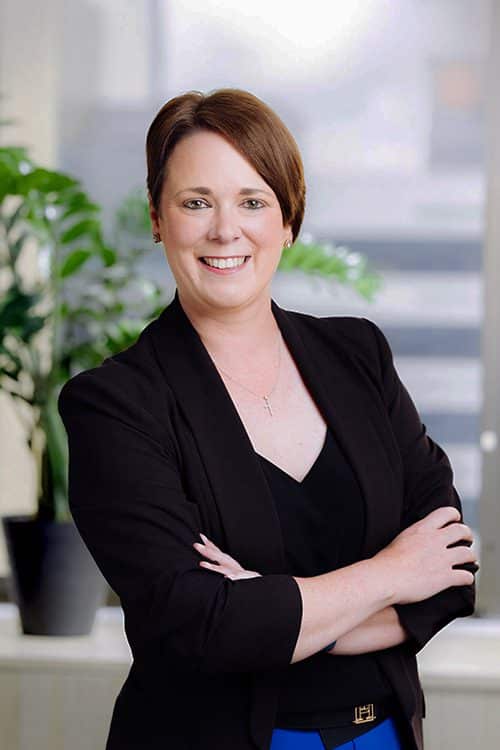With the end of financial year (EOFY) just around the corner, it’s not too late to start thinking about how you can take advantage of any additional tax deductions before 30 June. Spending some time planning now may result in an uptick in your refund or could even reduce your tax bill.
Salary income
Most public hospital employers allow an employee doctor to enter a salary sacrifice arrangement. A salary sacrifice arrangement is where an employee forgoes a portion of their salary to pay for items by money that has not yet been taxed.
Public hospitals have access to generous Fringe Benefits Tax (FBT) exemptions, whereby employees can salary package up to $9,010 of benefits in the form of mortgage repayments, rent, motor vehicle expenses and more.
An important year-end tax planning strategy is to ensure your full salary packaging allowance is fully utilised each financial year. Now is a good time to review your current arrangement and maximise any additional benefits.
Capital gains
A capital gain arises when a taxable capital asset is sold at a profit. For an individual medical practitioner, this most commonly relates to the sale of:
- shares held as investments
- investment property, or
- distributions of capital gains from managed funds.
As part of your year-end tax planning strategy, it is timely to review your asset portfolio prior to 30 June to identify any unrealised losses that could be used to offset any capital gain before the end of the financial year.
For example, a capital loss on shares may be offset against a capital gain made on the sale of an investment property. It is important to note that capital losses are not lost if not used. Rather, losses are simply carried forward until a later tax year when a capital gain arises.
Superannuation
The 2024 superannuation contribution caps are:
- Concessional Contribution Cap $27,500
- Non-Concessional Contribution Cap $110,000*
*for members under 75 years of age or paid within 28-days after the month an individual turns 75
Personal superannuation contributions
If you wish to contribute to super and claim a personal superannuation deduction in the 2024 financial year, the contributions must be paid, processed and received by the super fund before 30 June 2024.
You must also lodge your ‘intent to claim form’ prior to lodging your tax return to be eligible to claim a deduction.
There are two additional measures that you may wish to utilise before the end of the financial year:
- The bring-forward arrangement: Depending on your age and total super balance, you may be able to bring forward up to three years’ worth of the non-concessional contributions cap to make additional tax-free non-concessional contributions.
- The carry-forward arrangement: If your superannuation balance is under $500,000 as of 30 June 2023, you may be able to carry forward any unused concessional contributions caps from prior years for up to 5 financial years, commencing from the 2019 financial year. It is important to note that any unused concessional contribution cap from the 2019 financial year would need to be utilised in the 2024 financial year, or it will no longer be available after the 2024 financial year.
Certain conditions need to be met to apply the above.
Employee and spouse superannuation contributions
For doctors in practice, there might also be an opportunity to make a tax-deductible contribution to superannuation for your spouse before 30 June 2024, if your spouse is an employee of your business and receives a wage for services rendered.
It is important to note wages to family members must be reasonable for the work performed.
Employers wishing to obtain the full tax deduction in this financial year for their employees’ superannuation contributions must ensure that these are paid before 30 June 2024. To ensure clear receipt of funds, we recommend processing by 17 June.
Small business support – $20,000 instant asset write off
It is important to note this measure is still currently being legislated.
An immediate deduction for the purchase of business assets is allowed for practices with an aggregated turnover under $10 million. This means businesses may be able to immediately deduct the full cost of eligible assets costing less than $20,000 that are first used or installed ready for use between 1 July 2023 and 30 June 2025.
The $20,000 threshold will apply on a per asset basis, so small businesses may instantly write off multiple assets.
Assets valued at $20,000 or more, which cannot be immediately deducted, can continue to be placed into the small business simplified depreciation pool and depreciated at 15% in the first income year and 30% each income year after that.
While this excludes leased assets and capital works, it means that if you’re a doctor in private practice you might be able to claim a deduction for the purchase of new equipment, computers, phones or a small car if they have been bought and were available for use prior to 30 June 2024.
If a car has been purchased above the instant asset write off threshold, a depreciation limit of $68,108 applies and limits the depreciation deductions available.
Planning considerations for medical practices and practice owners
- For staff bonuses to be deductible this financial year, the decision to pay the bonus and the determination of the bonus must be made and documented prior to 30 June 2024.
- Consider prepaying any large expenses (rent, insurance, subscriptions, interest) to bring the deduction into this year. However, be mindful that you must continue to prepay this expense or you will have a year without a deduction.
- If you have a Self-managed Superannuation Fund in its pension phase, ensure that the minimum pension has been withdrawn.
- If you have a Trust in your group structure, ensure that you determine the income distribution and sign the Trust Distribution Resolution before 30 June 2024.
- Review your outstanding debts and write off any bad debts that are no longer recoverable.
- Consider recent changes to the taxation of distributions from discretionary trusts. These changes affect income distributed to beneficiaries on lower marginal tax rates who may not receive the beneficial use and enjoyment of the funds being distributed.
- The full ruling and associated guidelines are detailed in TR 2022/4 and PCG 2022/2 respectively. If your practice distributes any profits from a discretionary trust, contact your adviser to discuss how these may impact your practice.
For more information on your tax planning including how to maximise your after-tax position, please contact your local William Buck health specialist.




































